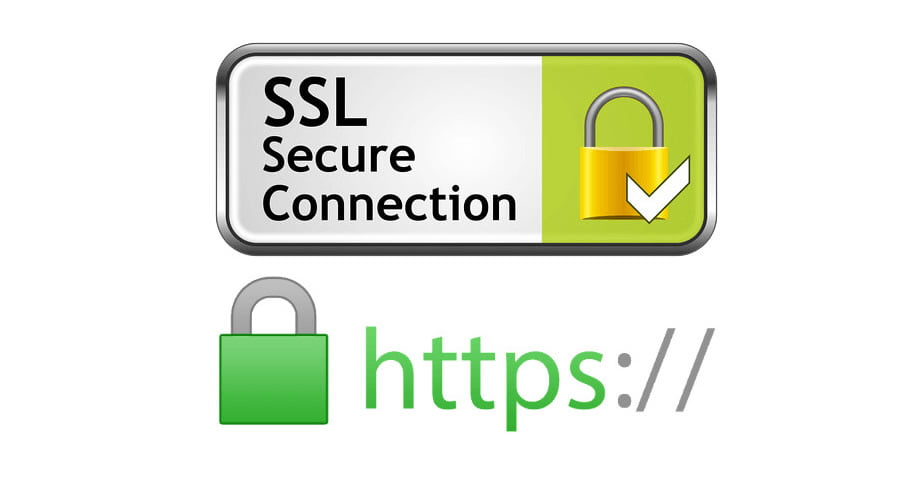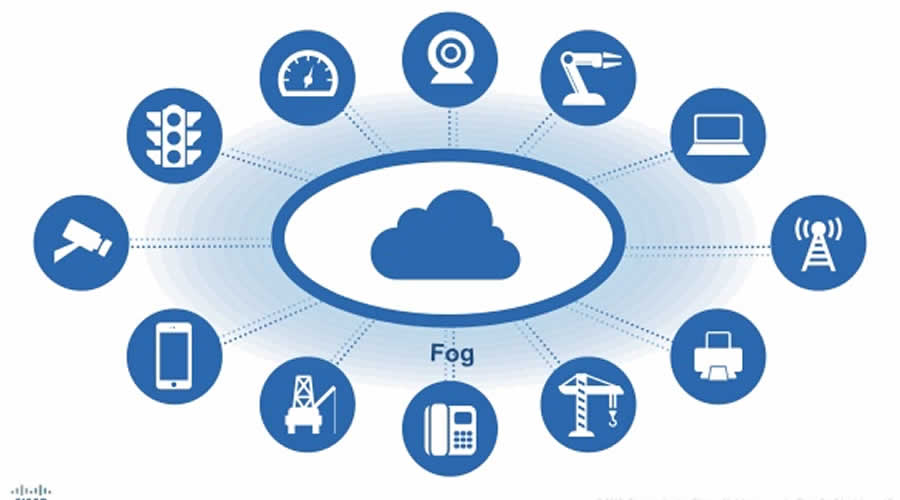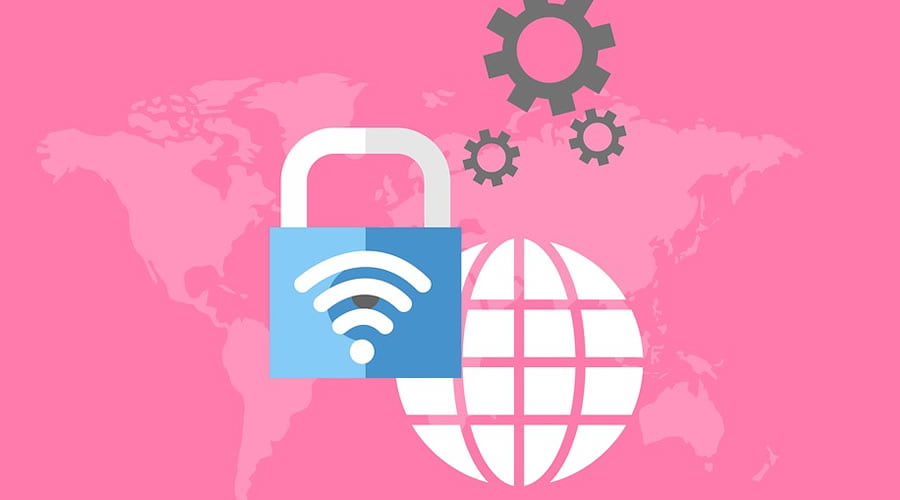In today’s world, cybersecurity is a real issue. You can search the web and almost immediately find instances of recent web attacks. Despite occurring in 2016, the “Dyn attack” is still fresh on the tech community’s mind and shows how powerful these cyberattacks can be and how much real loss of revenue they can incur, not to mention the degradation of reputation and trust.
Over one weekend, history’s worst distributed denial-of-service attack happened. The New York Times, Twitter, Paypal, and Reddit were some of the major sites that fell victim to this attack. The attack caused Dyn (the company that manages most of the internet’s DNS infrastructure) an 8% loss of business. Unfortunately, these attacks are here to stay and are constantly evolving to beat our current security measures. Over 3,700 DDoS attacks happen every day on the Web. Therefore, it’s critical to stay up-to-date with today’s cybersecurity tactics to prevent your site from a cyber attack.
Contents
What is a DDoS attack?
A DDoS attack is an acronym for a distributed denial-of-service attack. It is when an attacker attempts to overload a server, rendering it unable to function normally. This can be applied to anything connected to the internet, such as networks, servers, devices, and applications. These are typically coordinated attacks from multiple systems to one location. A secondary kind of attack, called a DoS attack, is an attack from one source. The previously mentioned DDoS attacks are much more common because attacks from a singular source are significantly easier to identify and thwart.
These assaults happen by flooding a system with fraudulent requests for data. It could take the form of sending such a massive volume of requests that a server crashes under pressure, or it could just be sending enough requests to a database that it is unable to function. By doing this, an attacker can render all of the available bandwidth, RAM or CPU fully spent and unable to process authentic requests by users.
Types of DDoS attacks

Volumetric Attacks
A volumetric attack is designed to overwhelm a network’s capacity by sending large amounts of fraudulent data requests to every available port. Because of all the fraudulent requests, the network spends all of its CPU continually reviewing the fraudulent requests rendering it unable to process authentic traffic.
Application-Layer Attacks
Application layer DDoS attack targets the application itself, concentrating on specific vulnerabilities or points. The result is the application not being able to serve up content to the user. An application-layer attack targets specifically on direct Web traffic such as HTTP, HTTPS, DNS, or SMPT.
Protocol Attacks
Protocol attacks focus on destroying areas in the network that work specifically on verifying connections. By sending continuous requests, the attacker can cause memory buffers in the target server and overload (even potentially crash) the system. These attacks can also target firewalls, which is why a firewall alone is not enough to stop a DoS attack.
5 Tips for preventing DDoS attacks
Create a Response Plan

The first course of action in preventing a DDoS attack is doing a security assessment on your network and making planning accordingly. Depending on how large your network is, you might have multiple teams dedicated to preventing an attack. These plans can get quite extensive, and deciding your first course of action will influence the outcome and end of the attack. It’s vital to make sure your team is informed, prepared, and aware of all their responsibilities should an attack occur. Though plans vary depending on the size of the company, these four key elements remain the same:
- Create A Systems Checklist
- Form a Response Team
- Develop a notification and escalation policy
- Formulate a list of internal and external contacts
Secure Your Network

To reduce risks, a multi-layer plan must be put in place. This must include firewalls, anti-spam, load balancing, VPN, and other layers of DDoS prevention techniques. While most standard network equipment comes with some limited DDoS prevention options, it’s also wise to outsource additional help. Several cloud-based solutions are pay-per-use. These options are especially beneficial for small to medium-sized businesses. Finally, make sure your network and systems are up to date. As DDoS attacks continuously evolve to beat current security measures, outdated systems are always the first to show weakness. Stay on the lookout for software updates and ways you can close gaps in your system.
Use the Cloud

There are several advantages when it comes to external, cloud-based DDoS prevention services. First, private networks usually do not have near the number of resources and bandwidth than the cloud does. Secondly, the cloud is specifically designed to diffuse attacks and absorb fraudulent requests and traffic before it reaches the desired target. Third, these external cloud services are constantly monitored by software engineers scouring the internet for DDoS attacks.
Practice Securing Your Network

To best secure yourself from a DDoS attack, there is no room for user error. Therefore it’s important to engage and interact with your team using strong security practices. Some practical examples include: using complex passwords that regularly change, using secure firewalls that do not allow outside traffic, and implementing anti-phishing practices. Unfortunately, these won’t be enough to stop an attack. However, they serve as a solid foundation for security.
Use DDoS-as-a-Service
To improve flexibility for a business that utilizes in-house and third-party resources, (even cloud or dedicated hosting) consider using DDoS-as-a-Service. The main benefit of DDoS-as-a-service is the customization of security architecture for the specific needs of a company. It also ensures that your current security infrastructure meets every standard and compliance requirement. This then enables companies of any size to have the highest level of DDoS protection.
Conclusion
Unfortunately, DDoS attacks are no longer a news headline or just a fear for large companies. As DDoS attacks happen more and more, medium and smaller companies are in the crosshairs. The question is no longer if you will get attacked, it’s when you do get attacked, are you prepared. Therefore, it’s time to start analyzing now and work to develop a course of action should an attack occur.
For additional information on DDoS attacks, check out this article.


